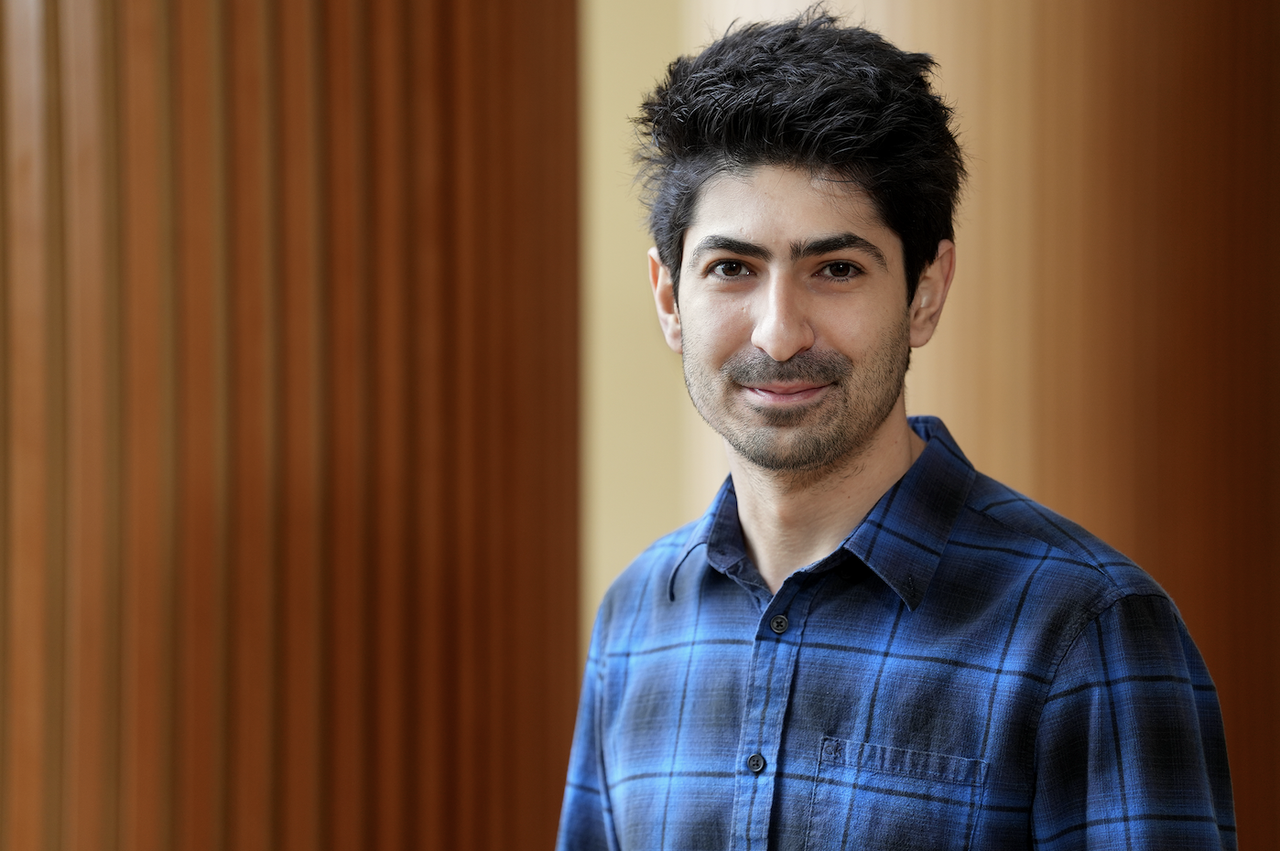Gaining a thorough understanding of the molecular mechanisms that underlie neuronal diversity and synaptic connectivity is our only hope to ever have effective treatments for a variety of neurodevelopmental disorders, most notably autism. However, we still lack the tools and the depth of understanding to comprehensively address these questions at the level of complexity of mammalian brains.
Thus, our research focuses on the Drosophila visual system, the premier model nervous system whose cell-type diversity and connectome has been described in great detail, providing the ideal balance between complexity and accessibility.
Combined with the powerful genetic tools we can take advantage of in flies, this allows us to answer the most fundamental questions about brain development that are too intractable in “higher” organisms.






